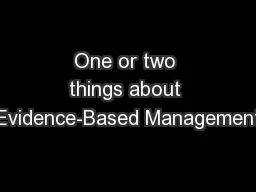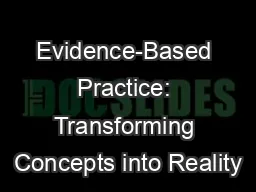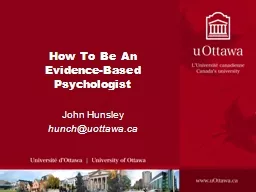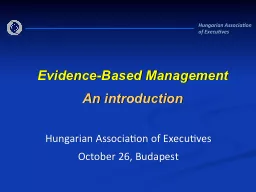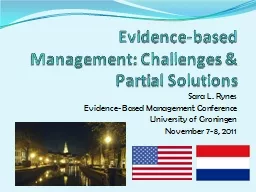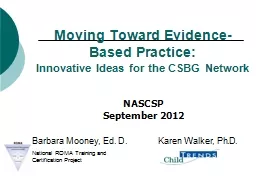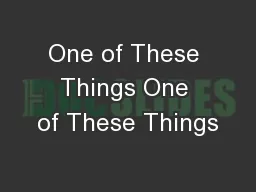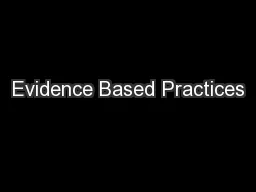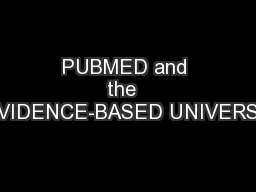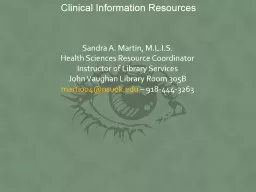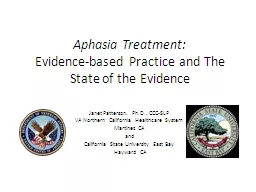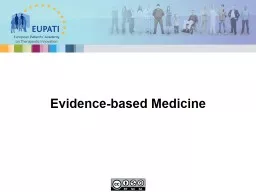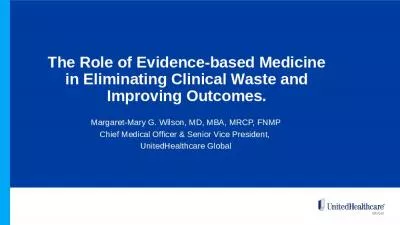PPT-One or two things about Evidence-Based Management
Author : marina-yarberry | Published Date : 2016-05-08
Pitstop EvidenceBased HR VOV lerend netwerk Gent 27 september 2012 EvidenceBased Management VOV leden n 86 EvidenceBased Practice 1991 Medicine 1998 Education
Presentation Embed Code
Download Presentation
Download Presentation The PPT/PDF document "One or two things about Evidence-Based M..." is the property of its rightful owner. Permission is granted to download and print the materials on this website for personal, non-commercial use only, and to display it on your personal computer provided you do not modify the materials and that you retain all copyright notices contained in the materials. By downloading content from our website, you accept the terms of this agreement.
One or two things about Evidence-Based Management: Transcript
Download Rules Of Document
"One or two things about Evidence-Based Management"The content belongs to its owner. You may download and print it for personal use, without modification, and keep all copyright notices. By downloading, you agree to these terms.
Related Documents

